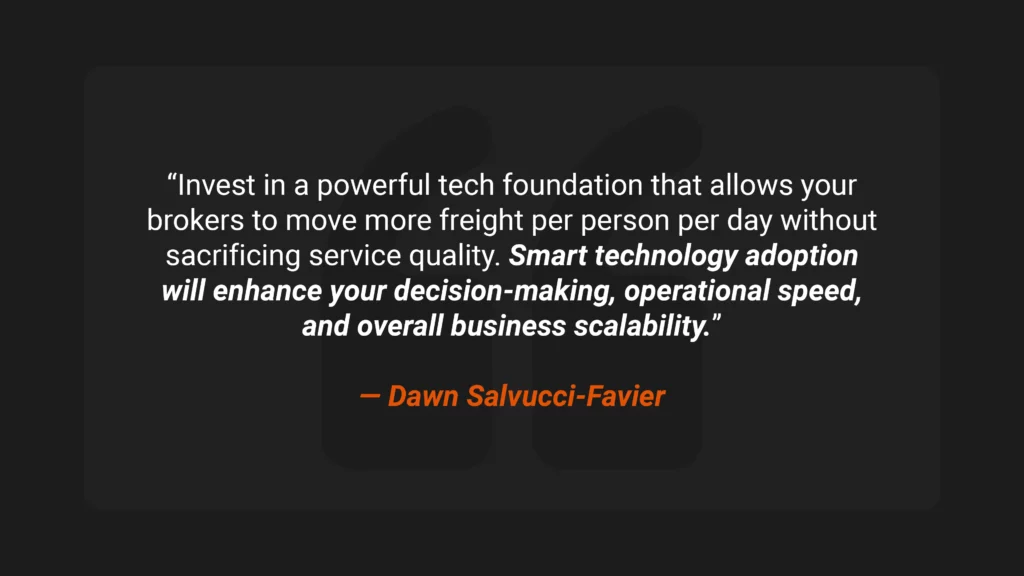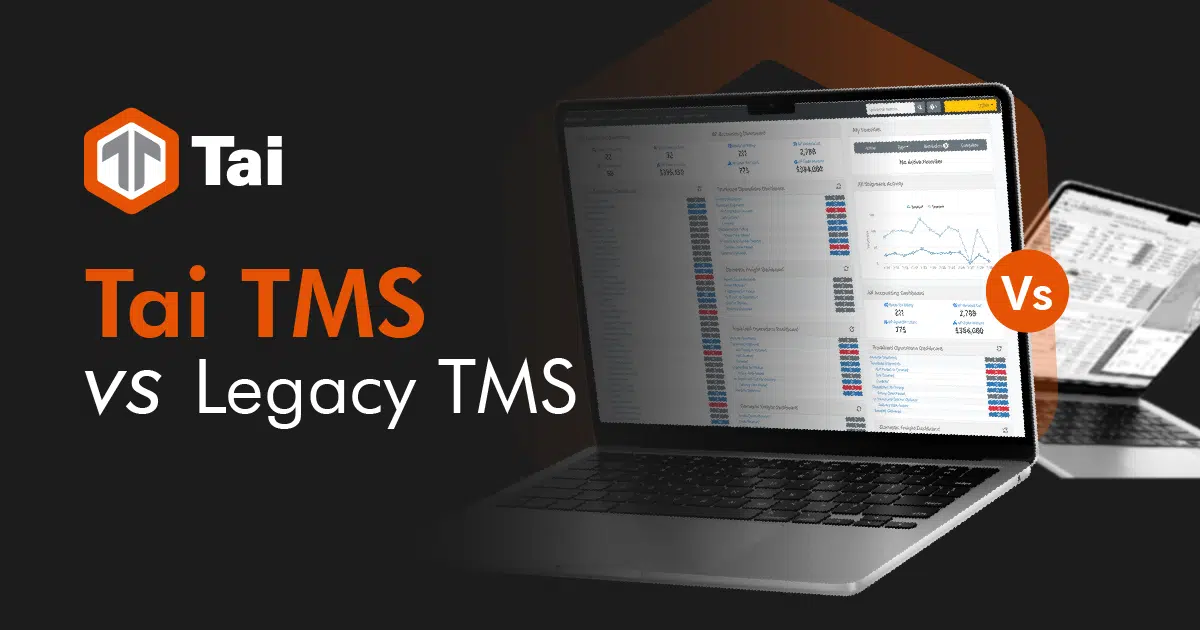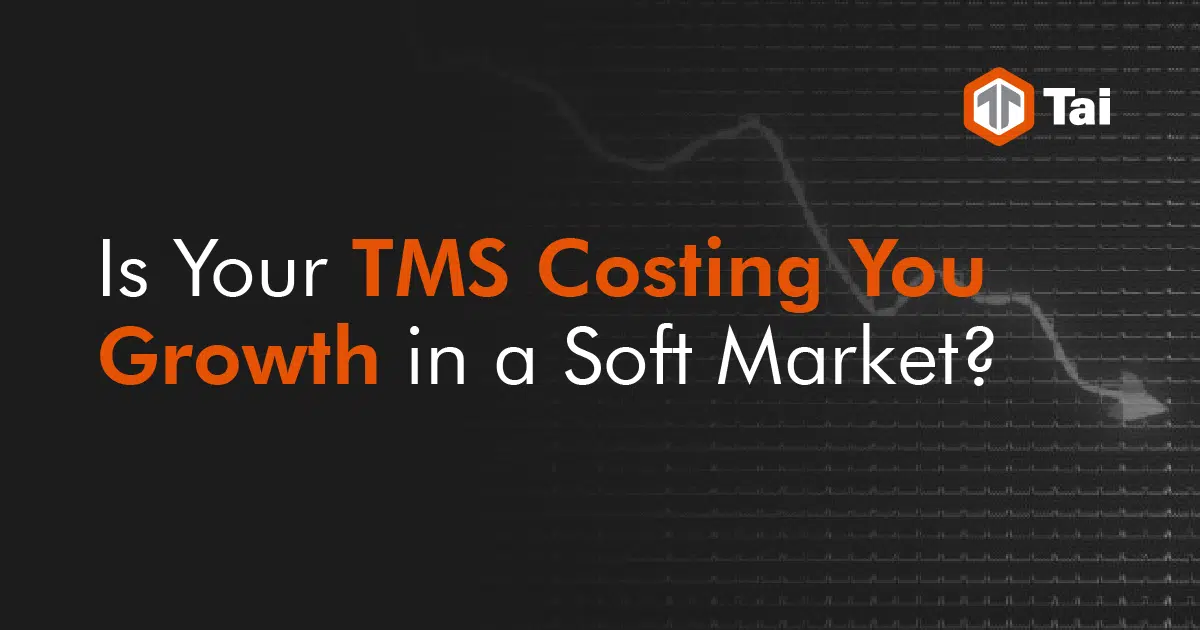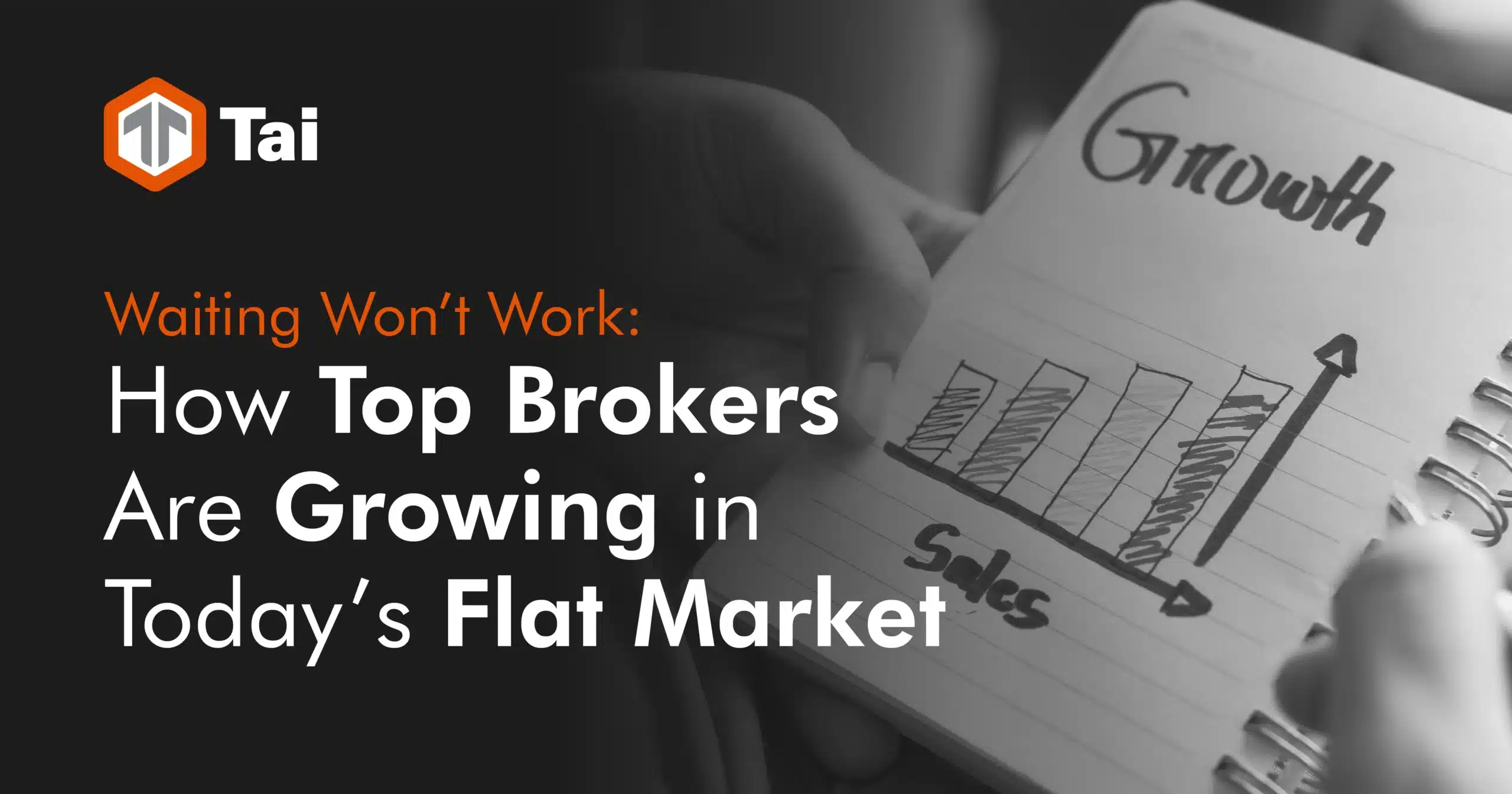Brokers who resist digital transformation aren’t just slowing down; they’re setting themselves up to be left behind. While some brokers struggle with outdated systems and manual workflows, the most successful ones are leveraging integrated technology to move freight faster, smarter, and more profitably.
The Problem: Legacy Systems and Disconnected Tools
A patchwork of outdated systems that don’t communicate with each other, coupled with analog processes like manual phone calls and paper files, creates a multitude of inefficiencies.
- Slow and inaccurate decision-making: Critical data scattered across multiple platforms delays responses and makes it hard to keep the data up-to-date.
- Duplication of workload: Manually entering the same data into different systems wastes time and increases errors.
- Time consuming manual processes: Making individual phone calls or sending out paper invoices increases labor costs.
- Lack of visibility: Brokers struggle to access real-time insights on pricing, carrier performance, and load status. Managers don't have visibility into their teams' workloads and performance history.
- Poor collaboration: Emails, spreadsheets, and disconnected tools, lead to miscommunication and lost opportunities.

The Solution: A Unified, Integrated Tech Stack
The next evolution of freight technology is a connected ecosystem where the TMS acts as a central hub. Instead of juggling multiple applications, brokers operate from a single platform that automates workflows, optimizes real-time decision-making, and provides a centralized view of operations.
What an Integrated System Does for Your Brokerage
- Centralized Operations: Connected load boards, pricing tools, real-time tracking, and dispatching in a single system.
- Eliminated Manual Data Entry: Automated workflows reduce redundant and analog tasks.
- Enhanced Collaboration and Transparency: Teams access real-time updates on a shared dashboard.
- Smarter Decision-Making: Brokers receive instant insights into pricing, market trends, and shipment status.
- Reduced Fraud Risk: Integrated carrier vetting tools detect fraud in real time.

Why This Matters: Preparing for Market Shifts
As the market rebounds, freight brokers must prepare for a surge in volume. The traditional approach of scaling by hiring more employees is costly and time-consuming. Instead, a powerful tech stack can increase capacity without expanding headcount. Your team will move more freight per day through enhanced decision-making and increased workflow speed.
“Invest in a powerful tech foundation that allows your brokers to move more freight per person per day without sacrificing service quality. Smart technology adoption will enhance your decision-making, operational speed, and overall business scalability.” Dawn Salvucci-Favier
The Role of AI and Automation in Freight Tech
AI is revolutionizing freight operations by shifting the focus from reactive problem-solving to proactive strategy execution.
- Predictive Pricing Models: AI-driven tools like GreenScreens.ai provide real-time, market-based pricing to help brokers secure profitable loads.
- Automated Quoting Assistants: AI can generate instant, accurate quotes, reducing response times and winning more business.
- Fraud Detection and Risk Mitigation: AI-powered vetting tools flag suspicious carriers before they cause financial damage.
- Automated Shipment Tracking: Tools like Trucker Tools eliminate check calls by providing live tracking updates to customers.

Adopting technology isn’t about keeping up with trends. It’s about solving real problems and driving profitability. Brokers who integrate their tech stack today will be the industry leaders of tomorrow.
If you still rely on disconnected systems and manual processes, our free e-book provides actionable steps to evaluate and consolidate your existing system and identify additional tools to enhance your team’s capacity.
For a successful 2025, download our free eBook, The CEO Playbook: Driving Freight Brokerage Success with Strategy & Technology Innovation, today.
